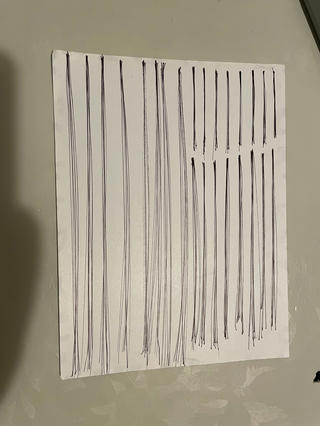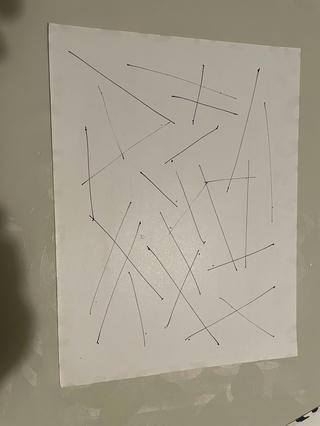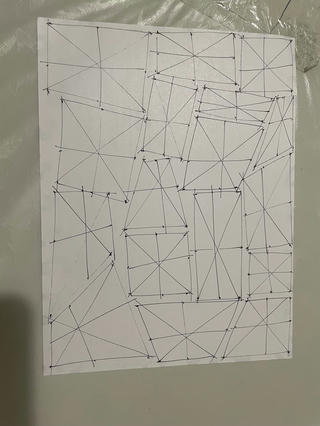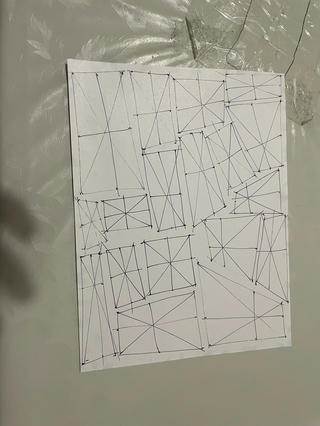As mentioned in drawing I've decided to embark this journey of learning to draw, inspired by a random workshop I walked into accidentally at Lucca Comics, and seeing all the beauty of that world with fresh eyes (I went to the festival for the "Games" part, but was really fascinated by the illustration part).
I don't have the confidence necessary to show up at a drawing course in Tuscany (just feel the pressure of being in the land of Da Vinci and show up to a course there 😬), so I decided to look online for the next best thing (the blessing of living in this day and age is that you can find everything on the internet).
I browsed Reddit, and in the /r/learntodraw community I found that people suggested Drawabox, a free website (with optional patreon subscription if you want feedback) that focuses on the technical side of drawing. In the homepage, the author explicitly states that the approach is tough, but since I am a beginner I felt like everything would be though just the same, so I tried the first lesson.
The goal of this lesson is to initially just draw lines, how hard can that be?
Well, first of all, it turns out that drawing smooth lines is a physical challenge: the author requires you to use your whole arm to draw, so not just the wrist or the elbow, your pivot needs to be on the shoulder! There is a very good reason for that, using the shoulder allows to maintain a straigher trajectory (see the pivots chart here). Using the shoulder tough is definitely not intuitive if you are not used to it, I kept over and over wanting to use my elbow or my wrist. And I guess that's the whole goal of these exercises, learn a new habit and replace old ones.
The lesson then follows with good content on markmaking, explaining what marks should look like: unbroken (no "chicken scratching"), smooth and have a consistent trajectory. All simple, and yet hard concepts to grasp.
Then there is some homework, where the author asks to apply what has been learned so far. There are 3 exercises:
- Produce 2 sheets with lines drawn freehand superimposed on a line drawn with a ruler. Here the challenge is to avoid wobbling and fraying when doing so.
- Produce 1 sheet with "ghosted" lines, where you draw a few points on the sheet and connect them, but before doing so you "ghost" the movement without making a mark a few times, kinda like aiming.
- Produce 2 sheets of °ghosted° planes, where you draw planes (the shape, not the flying object)
Here is my homework:





As you can see, there is a lot of room for improvement!
After doing this exercise though I did a retrospective: was this what I was looking for?
While interesting, I don't think this is the best thing to start with for a complete beginner, so I went back to the drawing board (hehe) and decided to opt for a more beginner friendly resource. The Drawing with the Right Side of the Brain book by Betty Edwards. This is not free, but I felt like it was worth exploring this path in my pursuit of this quest. I think that's more beginner friendly because it seems to focus on developing observational skills, which at least to me is the main barrier to entry (at this stage I don't care how smooth my lines look, I first want to capture what I want to draw more accurately).
And here we are, at the time I'm writing this post I already did one "pre-instruction" drawing and I'm excited to continue! I'll post about it soon.
PS. With regards to Drawabox, I think it's a really cool resource, and it's amazing that's available at all! I'm going to pick that back up when I'll get a little better with the "right side" book, which for now seems more suited to my needs.